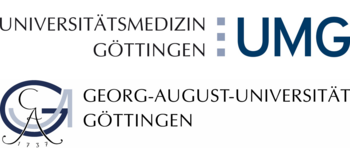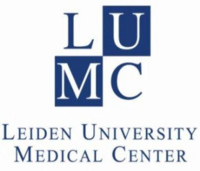Sigurður Holmar Jóhannesson,
Representative of the AHC Association of Iceland, mail: ahc@ahc.is
Karin Lykke-Hartmann,
Associate professor, Aarhus University, Denmark, mail: kly@biomed.au.dk
Hanne Poulsen,
Associate professor, Aarhus University, Denmark, mail: hp@mbg.au.dk
Poul Nissen,
Professor, Aarhus University, Denmark, mail: pn@mbg.au.dk
Hendrik Rosewich,
Assistant professor, Georg August University, Göttingen, Germany, mail: hendrik.rosewich@med.uni-goettingen.de
Arn M.J.M van den Maagdenberg,
Professor, Leiden University, Netherlands, mail: A.M.J.M.van_den_Maagdenberg@lumc.nl
The 8th Annual Symposium on ATP1A3 in Disease 2019 will take place 3 - 4 October 2019 at the beautiful and conveniently located Grand Hotel Reykjavík on Iceland.
The host this year is the AHC Association of Iceland supported by an organizing committee that consist of European scientists that have been working on ATP1A3 related diseases for many years.
The ‘ATP1A3 Symposium in Disease’ is an important symposium that focuses on one of the key genes, the ATP1A3 gene that is essential for normal brain functioning. Mutations in the ATP1A3 gene has been linked to several neurological diseases, including Alternating Hemiplegia of Childhood (AHC). The ATP1A3 gene encodes the alpha(a)3 subunit isoform of the sodium pump, an ion pump that is present in all cells of the body and help cells to maintain correct ion balance, to support in-and outflux of molecules in the cell. In the brain, the a 3 isoform is specific to nerve cells, the neurons. In most neurons, the a 3 isoform helps to maintain the resting membrane potential and reset the ion gradient after an action potential. Doing this, the sodium pump uses energy from the cells and is the most energy-consuming ion pump in the brain. Therefore, it is not surprising that mutations that alter the function of such a vital pump, is associated with neurological diseases.
Already since 2004, it has been known that mutations in the gene could cause a rare subtype of dystonia, the Rapid onset of Dystonia Parkinson (RDP). Since then, mutations in the ATP1A3 gene has been linked to diseases, including Alternating Hemiplegia of Childhood (AHC). Understanding the gene function will help find a treatment not only for the RDP and AHC diseases that have direct link to this gene but also to many other neurological diseases, which could will help millions of people suffering from disease such as Parkinson.
AHC is an extremely debilitating disease that causes temporary paralysis and dystonia as well as permanent mental disability, ADHD, autism and other related symptoms. Since the discovery that mutations in the ATP1A3 gene could cause AHC, researchers, parents and medical consultants join forces and formed the ATP1A3 annual symposium, to exchange advise, results and data to advance our knowledge towards a treatment.
The ‘ATP1A3 Symposium in Disease’ took a starting point in 2012, where 3 publications (in the Goldstein (doi: 10.1038/ng.2358), Gärtner (doi: 10.1016/S1474-4422(12)70182-5) and Hirose (doi: 10.1371/journal.pone.0056120) groups, including many very dedicated researchers, parents/patients and clinicians, representing people who stay active in the research field) showed that mutations in the ATP1A3 gene could cause alternating Hemiplegia of childhood (AHC), in addition to another movement disorder, Rapid onset of Dystonia (RDP), that was discovered in 2004. Since then, the genotype/phenotype of ATP1A3 and neurological diseases has proven extremely complex, and through our annual symposium meetings, we gather prominent scientists along clinicians, parents and patients to understand the disease and find a cure.
Please see this link for our vision and previous meetings: http://www.atp1a3disease.org/
Sigtún 38
105 Reykjavik
Iceland
| Early bird | April - 31 May 2019 |
|---|---|
| Standard | 1 June - 1 August 2019 |
| Late | 2 August - 1 October 2019 |
| Abstract subm. | Extended to 12 August 2019 |
|---|

